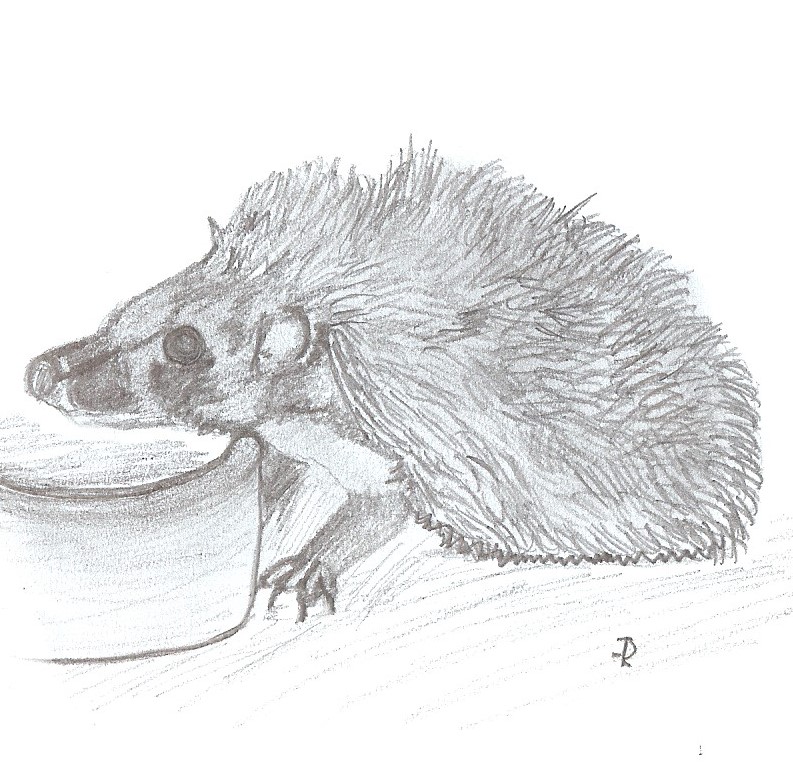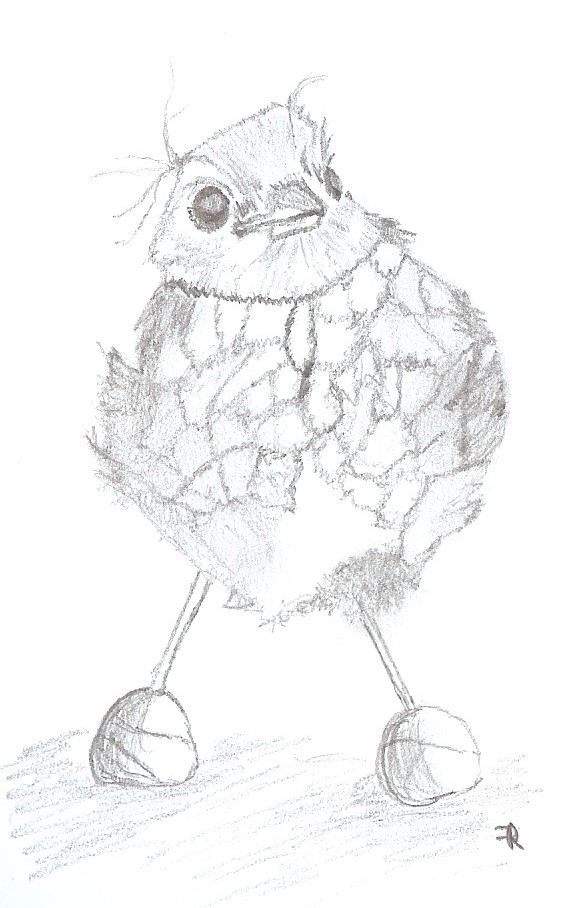

The long adventure of becoming a vet for wildlife


So there I was, on a sanctuary in Ireland, working up to 14 hours a day, working hard, mostly covered in muck, and I loved it.
Despite the long days, the hard labour, and the foreign language. 🙂
I had the opportunity to learn about the native species of Ireland, their biology, ecology, and the problems they face in the wild.
So many birds of prey species, such as the European sea eagle (Haliaeetus albicilla), golden eagle (Aquila chrysaetos), and the red kite (Milvus milvus), are endangered and close to extinction or are already extinct. The usual cause of this is loss of habitat, lack of a food source and sadly hunting by humans.
Still, a lot of people, believe that birds of prey endanger livestock. Just like corvids, birds of prey are generally not a welcome sight around farmland. And as it is true that you may see a golden eagle or a sea eagle feed on a dead carcass of a sheep or lamb, it is very unlikely that they prey on a healthy, strong animal. A sheep is far too big to be considered prey for such a bird and healthy lambs are usually protected by their mothers; if they are not, there is something wrong in the first place.
I am not saying that it never happens, as you may find specific birds specialized in a certain hunting style that allow them to hunt prey which is above their usual prey size, but it is not a reason to go after these impressive creatures.
Owls, a bit like corvids, are often the centre of mythical stories as a bad omen. In Ireland, the barn owl, in particular, is often associated with the Banshee, a ghost-like creature that announces the death of a family member. So you can understand that people do not get a warm and loving feeling, having these kinda stories in their heads.
So these are some of the obstacles you have to come up against if you are working with birds of prey and owls.
I was, and still, am fascinated by birds of prey and owls. In all their beauty, their strength and their unique characters.
When I was working there, I learned that a lot is still unknown about them, like their physiology, endocrinology. In avian medicine in general, there is still a lot of research to be done. Not a lot of vets specialize in avian medicine and if they do, they are usually focused on parrots.
Why is that?
Well, birds are often not very attractive. We do not relate to them as easily as to pets or farm animals, and of course, there is not a lot of money to be made in avian medicine. Especially if you work on the conservation and rehabilitation of wild species.
I was intrigued, and of course, kinda nudged into looking and thinking about becoming a vet for birds.
Often rehabilitators or falconers knew more about avian health and medicine than the average vet. In countries where falcons are still used for hunting, a lot is known about how to take care of them and about the different diseases and treatment.
The whole rehabilitation process was fascinating to me. To assist an animal to get its strength back and to be released again.
In Ireland, they used and still use falconry methods to exercise the birds; they train them like you would with a bird used for hunting ( I am aware that
falconry methods are not well liked among some people, but I learned that there are a lot of shades of grey in the world. 😉 ).
You teach the bird to fly on a creance and to hunt for its food and this continues until the bird performs well in free flight and shows its natural hunting behaviour.
There was no more satisfying moment than when you saw a kestrel in care, perform its classical hovering in the air and swoops down onto the offered prey. This, I thought, is the way it is supposed to be, a bird in free in space, in full strength, performing at its best. Then you are reassured that it is ready to be back in its habitat. It is no guarantee of course but there is a good chance that it can fend for itself.
Then I heard of other methods of rehabilitation.
Some places keep birds in aviaries before they release them.
The problem I see here is that there is no aviary ever big enough to match the capability of their flight performance. And often they are not motivated to fly in the average square aviary. So, I question their ability to settle back into the wild after release.
Later in my life, I encountered other rehabilitation methods and one of them stuck to me like a plastic seat on a summer day. It is my vision of changing old ways. As I am currently attending a Master’s program, I decided to dedicate my Master’s research project to this idea.
We will see how it works out! 🙂
My first encounter with wildlife was during my work experience at a wildlife sanctuary. After finishing school, I wanted to do something different before continuing my education and going to college. Also, I wanted to practise English. So, I decided to go to Ireland. I did not know much about wild animals, even less about birds of prey. My plan was to become a vet and to work with horses, like, I must admit, what all girls want to do. To go and work at the wildlife sanctuary was more or less a decision of opportunity but it turned out to be the best decision in my life.
Why am I telling you this you may ask yourself? Well I was raised in such a way as to do everything myself, and not to ask for help so that I do not get disappointed. This is how I have lived my life so far, and I came to a point where I tried to accomplish my dream and I failed, so I tried again. I concluded that my dream is too big for one person alone. To achieve this I need help! And not only help from my family and friends (for their help I am grateful, especially the support of my parents and my husband), I need as much help I can get.
But let’s not jump ahead.
I went to Ireland and worked in this amazing sanctuary with people who dedicated their life to rescuing and rehabilitating wild animals, mostly birds of prey. I saw their determination, their love for those creatures, their struggle to keep it going but also their near unbreakable will to give everything to the cause. This centre was and still is run by a family which built their life around the care of wildlife, relying mostly on the help of volunteers. Most of them are biologists but some are vet students, animal keepers or artists. They all shared their knowledge with me, for which I am very grateful.
I learned that caring for wild animals is so different from caring for ordinary pets. Wild animals are obviously wild but they are so much more. As they are not allowed to show any weakness in their natural environment, the do not express their pain. I have seen hedgehogs with ripped off limbs still crawling away, rabbits with pus infected wounds still eating food, and pigeons literally walking on the bare bone after losing one of their feet.
This ability to hide away their pain, makes the diagnostic procedure so much more difficult. But it is also a strength, as wild animals are sometimes more likely to survive things which some pets would struggle with.
A major point in wildlife care is that you have to try and judge the outcome of survival, the chance that the animal can be released into the wild again. That is the ultimate goal, a full recovery and the ability to go back into their natural habitat.
Wild animals should not be kept as invalids in enclosures, just for the sake of keeping them alive, in my opinion. There are very few exceptions where I would consider to keep an invalid animal in captivity. But that is a story for another day. They are wild, they need to be free.
So, this means that working with wildlife you are constantly aware of this doom over your head, a large portion of the animals in your care have to be euthanized because their injuries are too severe, and they cannot be released again. This is the very sad part. It is very crushing and depressing. So why would anybody choose such a profession where you constantly have to make choices like this?
Good question.
For me it is because of there is another side to this work which outweighs everything else: the feeling of accomplishing a full recovery for an animal, the feeling you have when they get released again back to where they belong. To see the ‘awe ‘moment in the animal’s eyes when you set them free and to know that it can be part of the cycle of life again. These animals get another chance to live and to thrive and to keep their species alive.
Because this is what it is about, to save one life, to keep the species alive, to be a part of nature. You get the chance to be a part of this. This is what I learned to be part of and still am.